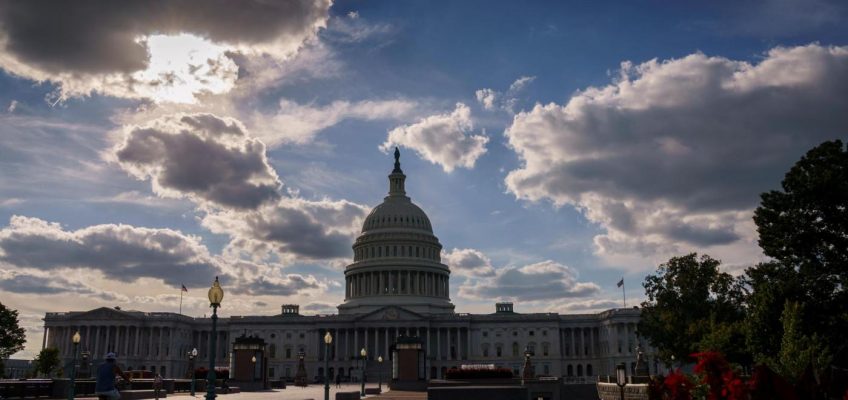The Minnesota Department of Education launched an online tool Friday that Minnesotans can use to learn more about federal funding for public school districts as the federal government shutdown enters its third week.
With the site, viewers can see estimated annual allocations from the federal government for each Minnesota school district, including money for food, broadband Internet and busing, as well as classroom support.
“Minnesotans deserve clear information about how federal investments support the students and schools in their neighborhoods,” Minnesota Education Commissioner Willie Jett said in a statement. “This tool helps families, educators and community members see where their tax dollars go.”
The education department created the tool amid concerns with the ongoing federal government shutdown and budget negotiations, as well as reports that the U.S. Department of Education has permanently laid off a large number of its special education staff and others.
“These layoffs are troubling and add to the uncertainty at the federal level,” the Minnesota Department of Education said Friday in a weekly letter to school superintendents.
Federal allocations to school districts range widely and are driven in large part by the income of students’ families. For example, St. Paul Public Schools is the state’s second-largest district but gets more than four times as much federal money as the largest district, Anoka-Hennepin.
The state provided the following estimates of annual federal funding for these 10 East Metro school districts, based on 2023-24 cost reimbursements and direct allocations:
• St. Paul: $190 million or 22.4% of the district’s total budget
• Rosemount-Apple Valley-Eagan: $27.9 million or 5.2% of the total
• Burnsville-Eagan-Savage: $20 million or 11.2% of the total
• North St. Paul-Maplewood-Oakdale: $19.1 million or 9% of the total
• Roseville: $14.39 million or 9.3% of the total
• Mounds View: $13.3 million or 6.3% of the total
• South Washington County: $11.9 million or 3.4% of the total
• White Bear Lake: $7.6 million or 4.8% of the total
• Lakeville: $6.9 million or 3.2% of the total
• Stillwater: $5.8 million or 3.7% of the total
Related Articles
Minnesota Capitol hearing grapples with deteriorating health insurance landscape
Minnesota Commerce Department kicks unlicensed insurance seller out of state
At Capitol, faith leaders press Walz to call special session on gun violence
Leader of UK Conservatives vows to deport 150,000 people a year
Trump sends California Guard Troops to Portland, Oregon, Newsom says


Leave a Reply